Bio-acetate is an advanced polymer for eyewear, composed of cellulose from wood pulp and cotton, combined with plant-derived, bio-based plasticizers. It achieves up to 68% bio-based content (ASTM D6866) and biodegrades in under 180 days (ISO 14855). Its technical specifications, including tensile strength and hardness, allow for premium, durable, and eco-conscious frame production, supporting both performance and marketability.
Understanding the Fundamentals: Composition and Sourcing
You must treat the foundational chemistry of bio-acetate as the blueprint for your product’s performance and market story. The material maintains the core cellulose acetate polymer backbone, which provides its proven strength and workability. The key innovation is the replacement of petroleum-based additives with sustainable, high-performance alternatives.
The primary polymer uses cellulose from FSC-certified wood and cotton linters. This functional implication is that you gain supply chain traceability and verifiable sustainability claims. This directly translates to de-risking your sourcing and providing the authenticated marketing assets needed to command a premium price point.
Best Practice: Always demand Forest Stewardship Council (FSC) certification for any wood-derived cellulose. This is your non-negotiable proof of responsible sourcing, protecting your brand against greenwashing accusations and ensuring compliance with discerning retail partners.
The critical substitution is the plasticizer. Traditional acetate relies on diethyl phthalate (DEP), a petroleum derivative. Bio-acetate utilizes vegetable-origin plasticizers, often from citric acid esters. This means you eliminate a fossil-fuel component and a chemical of concern, which directly improves biocompatibility (ISO 10993) and enhances end-of-life biodegradability.
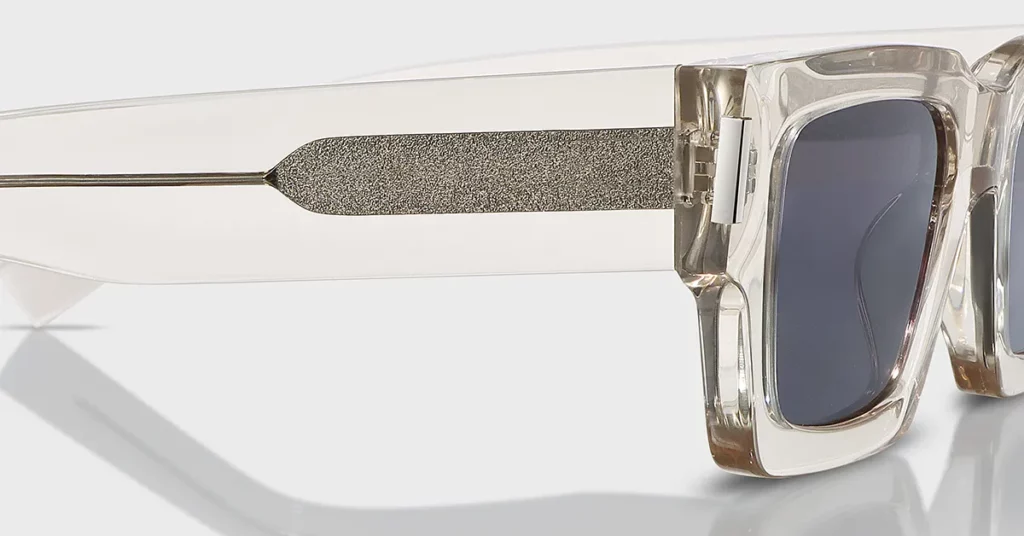
A Strategic Comparison: Advanced Bio-Acetate Formulations
Not all bio-acetates are created equal. Your material selection must be based on a clear-eyed analysis of specific formulations and how their tested properties align with your product and brand strategy. The differences in bio-based content, hardness, and certifications have direct financial and performance consequences.
| Feature | M49 Bioplastic | BioAcetate S70 | Traditional Acetate |
| Material | Cellulose Acetate & Veg. Plasticizer | Hardness Enhanced CA (HECA) | Cellulose Acetate & DEP |
| Bio-based % | 68% | 62% | 40% |
| Biodegradation | 115 days (>90%) | 180 days | Non-biodegradable |
| Key Certs | ASTM D6866, ISO 14855-2 | ISCC+, ISO 10993, ASTM D6866 | ISO Standards |
| Plasticizer | Vegetable (citric acid) | Non-DEP, bio-based | DEP (petroleum) |
| Performance | Tensile: 25-36.5 MPa | Hardness (HECA) | Tensile: 26-35 MPa |
| Primary Apps | Premium, handmade eyewear | Injection/thinner frames, all lens | Standard eyewear |
The Bottom Line: Mazzucchelli’s M49 is the benchmark for premium, handmade applications where maximum bio-content (68%) is a key marketing driver. Wingram’s BioAcetate S70, with its HECA technology, is engineered for superior processing efficiency and allows for thinner, more intricate injection-molded designs without sacrificing structural integrity.
Pro Tips: The HECA properties of BioAcetate S70 are not just about hardness; they directly translate to reduced processing and polishing times on your factory floor. This operational efficiency means lower labor costs per unit and increased throughput, boosting your overall margin on high-volume production runs.
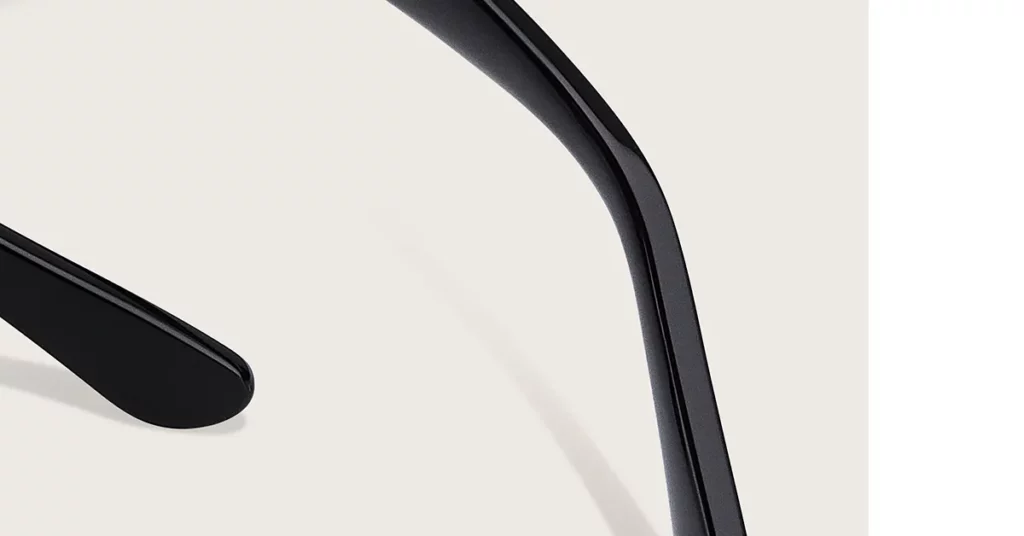
The Production Playbook: From Polymer to Sheet
The transformation from raw cellulose to a finished bio-acetate sheet is a multi-stage process where precise control directly dictates quality. You must understand these stages to properly vet your manufacturing partners. The process follows a clear path: Raw Material Extraction, Acetylation, Bio-Plasticizer Integration, Formation, Manufacturing, and Quality Testing.
The acetylation stage is where hydroxyl groups on the cellulose are replaced with acetyl groups. The degree of substitution, controlled by temperature and catalysts, is a critical parameter. This determines the material’s final properties, such as solvent resistance and stability, which directly impacts its performance during manufacturing and its durability for the end user.
Critical Warning: Improper pH and temperature control during acetylation can lead to polymer degradation. This creates inconsistent molecular weight, which manifests as brittleness and poor finishing characteristics in your final frames, leading to higher defect rates and warranty claims.
During compounding, the bio-based plasticizer is integrated with the acetate powder. The goal is uniform dispersion to prevent phase separation. Successful integration ensures long-term stability and prevents plasticizer migration—a common failure point in traditional acetates that causes clouding and cracking in polycarbonate lenses.
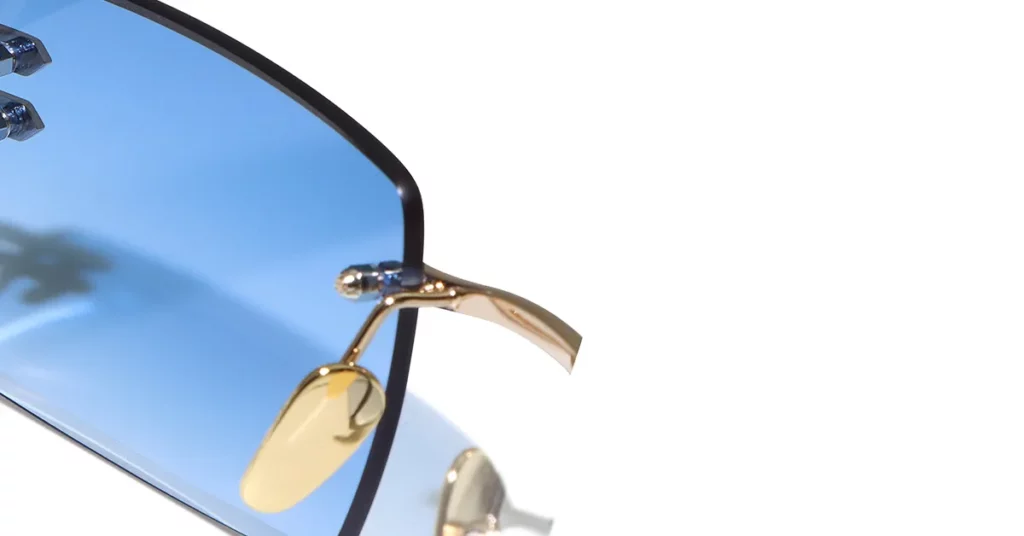
Non-Negotiable QA: Material Testing and Validation
You must demand comprehensive test reports to validate any claims of performance or sustainability. These are not formalities; they are your quality assurance. Each standard test provides critical data that predicts real-world performance and substantiates your marketing.
Mechanical and Thermal Properties
Key Metric: Tensile strength, tested per ASTM D638, must fall within the 25-36.5 MPa range for premium frames. This value confirms the material can withstand the stresses of lens insertion and daily wear. A lower value indicates a compromise in durability that will ultimately damage your brand.
Hardness, measured via ASTM D785, is another vital metric. Formulations like BioAcetate S70 leverage high hardness to enable thinner frame designs. This is a direct design advantage, allowing you to create more refined aesthetics that appeal to luxury markets without risking the product’s structural integrity.
Biocompatibility and Environmental Performance
Best Practice: Always verify ISO 10993 biocompatibility certification. As eyewear is a skin-contact medical device, this is non-negotiable for risk management and market access, especially in Europe. It confirms the material is non-toxic and non-sensitizing, protecting both your customers and your company from liability.
Environmental claims must be backed by two specific tests. ASTM D6866 radiocarbon analysis is the only way to verify the claimed bio-based content. ISO 14855-2 testing is the standard that proves the material will biodegrade under controlled composting conditions within a set timeframe. Without these reports, any sustainability claim is unfounded.
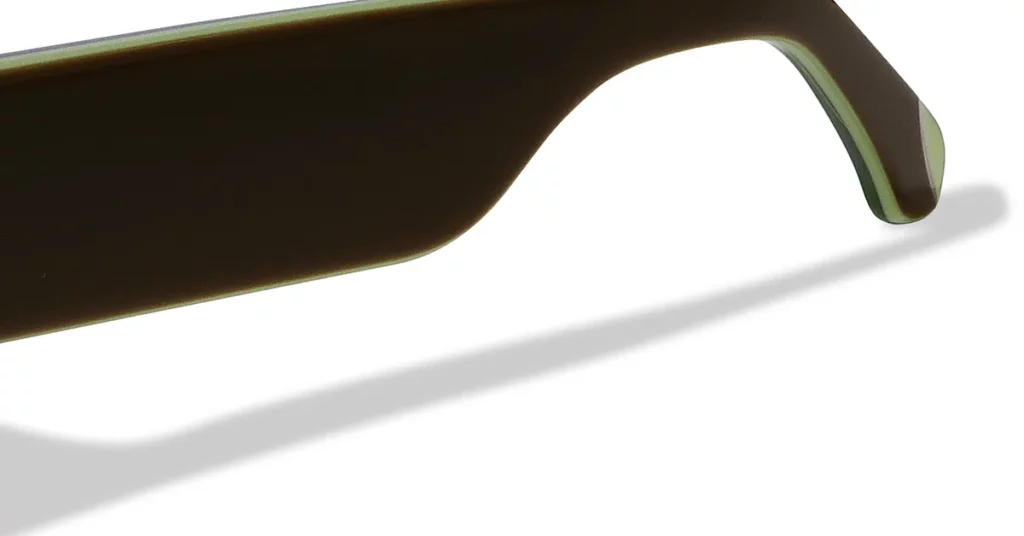
Manufacturing Integration: Process Optimization for Your Factory Floor
Integrating bio-acetate into your production line requires specific process adjustments. Treating it exactly like traditional acetate will lead to defects and inefficiencies. You must adapt your techniques to the material’s unique thermal properties.
Handmade and CNC Production
For handmade frames, proper conditioning is paramount. Sheets must be stored at 20-25°C and 45-55% relative humidity to ensure workability. Thermoforming requires higher temperatures; M49, for example, needs 110°C for stable bending, compared to 95°C for standard acetate. Using the wrong temperature results in poor shape retention.
Critical Warning: Laser cutting bio-acetate can cause thermal degradation and plasticizer loss in the heat-affected zone. This makes the material brittle at the edge. You must account for a subsequent finishing step, like tumbling or scraping, to remove this compromised material and restore the frame’s integrity.
Injection Molding and Assembly
When injection molding bio-acetate, you must optimize parameters for its specific rheology. This typically involves adjusting mold temperatures and extending cooling times slightly to ensure dimensional stability and prevent warpage. Failure to do so results in high scrap rates.
A major advantage of advanced bio-acetates is their superior lens compatibility. The elimination of migrating plasticizers like DEP means you can safely use polycarbonate and other high-index lenses without fear of chemical crazing or clouding. This broadens your lens options and eliminates a significant, costly quality issue.
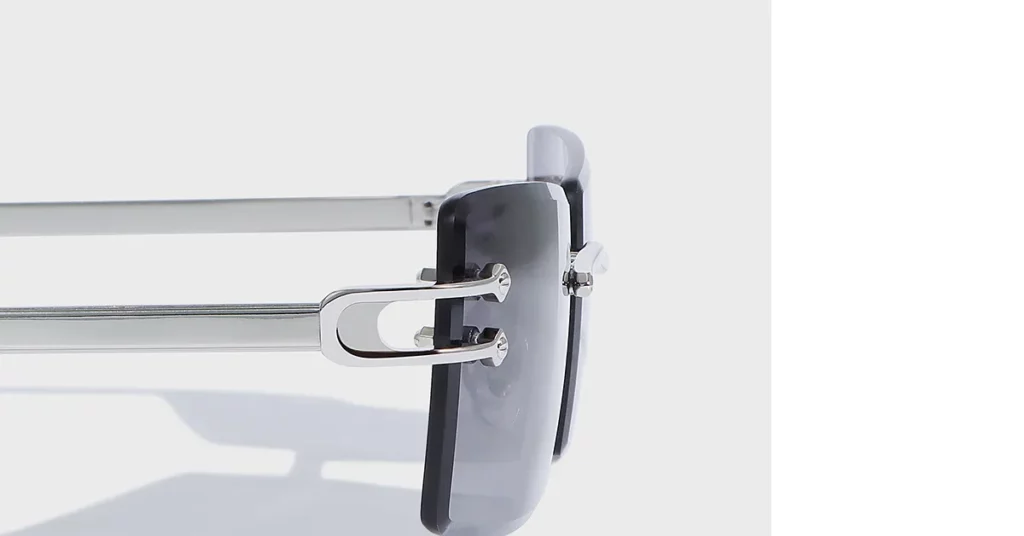
Compliance and Market Strategy: Certifications and Future Growth
Certifications are not just compliance checkboxes; they are strategic assets for market access and brand positioning. You must leverage them to build trust and command a premium.
The Bottom Line: Certifications like ISCC+ provide chain-of-custody validation for the material’s bio-content. This mass-balance approach gives you a verifiable, auditable trail from raw feedstock to your final product, which is becoming a standard requirement for major retail groups and eco-conscious consumers.
A comprehensive Life Cycle Assessment (LCA) provides quantifiable data on environmental impact reduction. Studies confirm that bio-acetate with over 65% bio-content shows a superior environmental profile, including a 20-50% reduction in greenhouse gas emissions compared to its traditional counterpart. This data is a powerful tool for your B2B and B2C marketing.
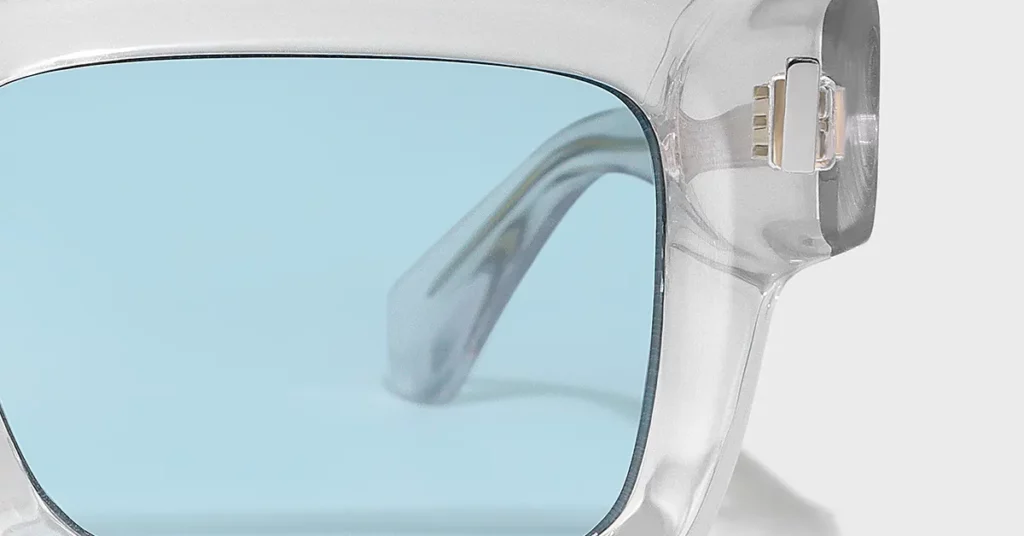
Conclusion
Bio-acetate is no longer an alternative; it is a strategic necessity for brands building long-term value. Its advanced chemistry delivers certifiable sustainability without compromising the mechanical performance or aesthetic qualities that define premium eyewear. By mastering its technical specifications and integrating them into your processes, you can deliver a superior product, de-risk your supply chain, and build a powerful, defensible brand story. To execute this strategy with precision, partner with a manufacturer that possesses deep expertise in these advanced materials.
Frequently Asked Questions
1. Is bio-acetate as durable as traditional acetate?
Yes. Premium bio-acetate formulations like M49 and S70 exhibit tensile strength, hardness, and flexibility values that are directly comparable to, and in some cases exceed, those of traditional acetate, ensuring long-term durability.
2. Can bio-acetate be processed with the same equipment?
Yes, it can be processed using the same machinery. However, you must optimize process parameters, such as temperatures for thermoforming and cycle times for injection molding, to match the material’s specific thermal properties and ensure quality.
3. What is the main benefit of eliminating DEP plasticizers?
Eliminating petroleum-based DEP plasticizers has two key benefits. First, it improves biocompatibility for skin contact. Second, it prevents plasticizer migration, which protects polycarbonate lenses from chemical damage like clouding and cracking.
4. How is the bio-based content officially verified?
The bio-based content is verified using the ASTM D6866 standard. This laboratory test uses radiocarbon analysis to precisely distinguish and quantify carbon from renewable (plant-based) sources versus carbon from fossil-fuel sources.

